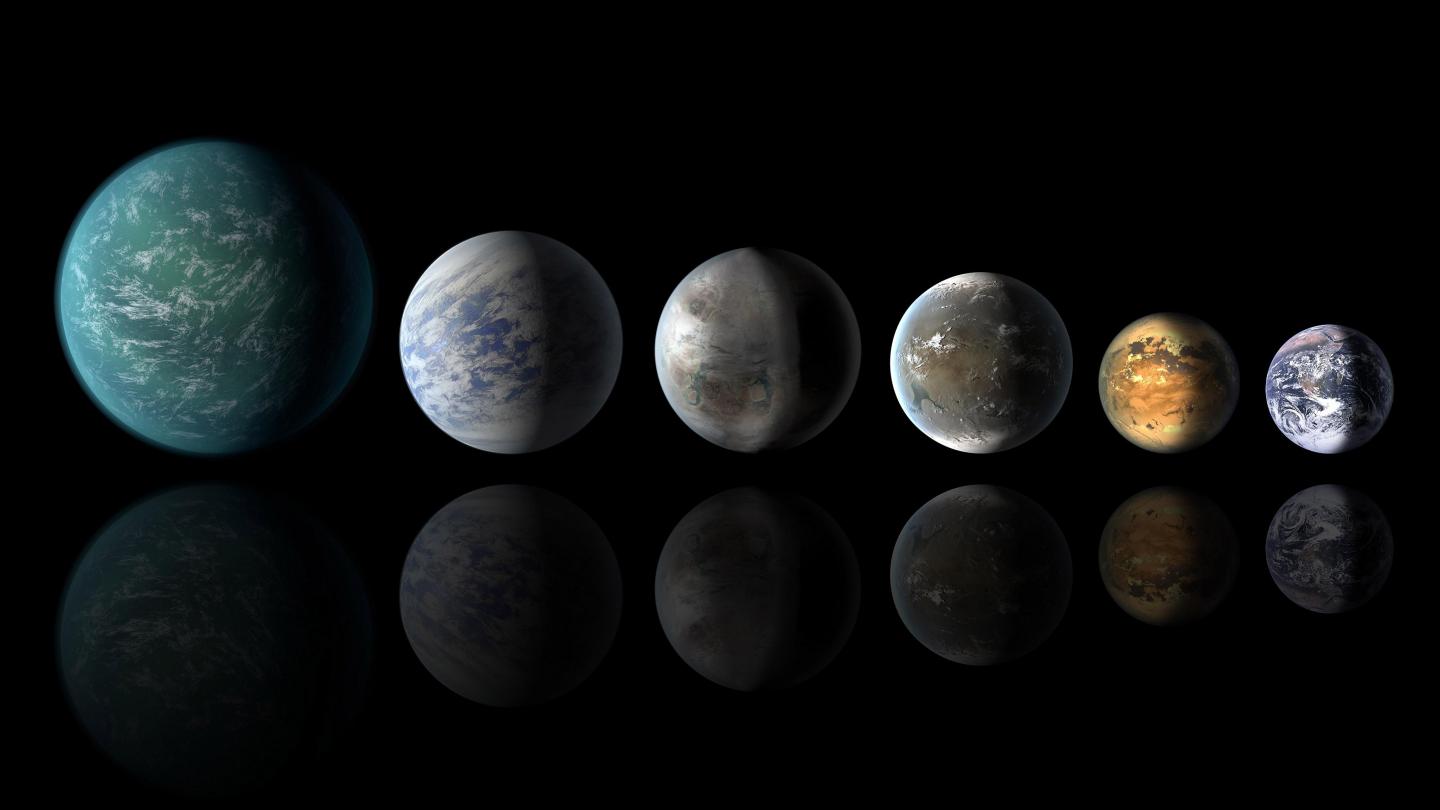The fields of extrasolar planet studies and astrobiology have come a long way in recent years. To date, astronomers have confirmed the existence of 4,935 exoplanets in 3,706 star systems, with another 8,709 candidates awaiting confirmation. With so many planets to study, next-generation instruments, and improved data analysis, the focus is transitioning from discovery to characterization. With the James Webb Space Telescope now deployed, these fields are about to advance much farther!
In particular, scientists anticipate that the characterization of planetary atmospheres may lead to the discovery of “biosignatures” – signs we associate with life and biological processes. The challenge will be how to recognize signatures that don’t conform to “life as we know it.” In a recent study, researchers from the School of Earth and Space Exploration (SESE) at Arizona State University (ASU) investigate possible tools for searching for life “as we don’t know it.”
Continue reading “How to Search for Life as we Don’t Know it”
